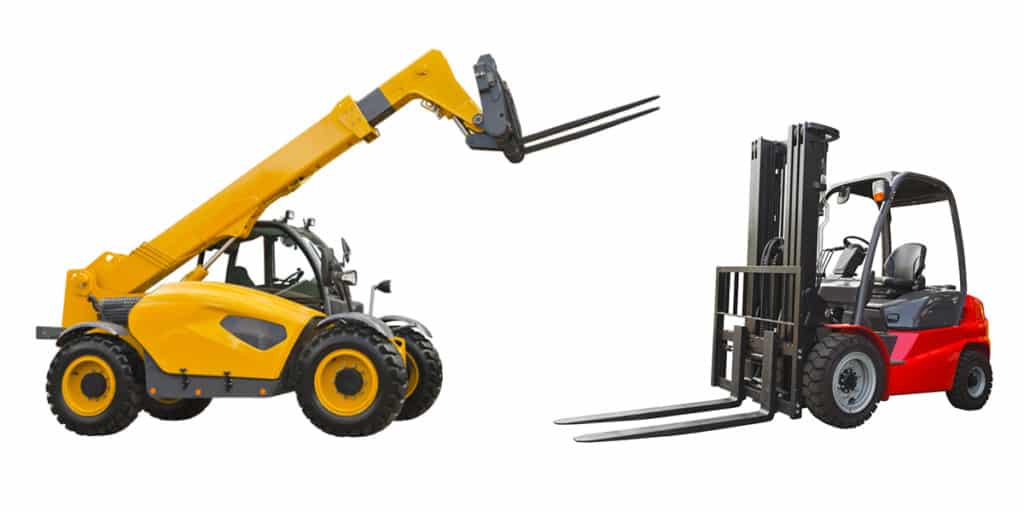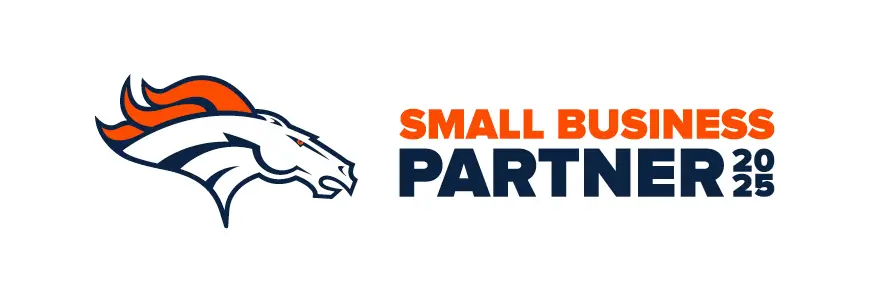While the two are used for lifting, placing and moving loads, each machine offers very different functionalities and capabilities. So, how can you tell the difference between the two, and how can you know what you need for your project?
Technically speaking, a telehandler classifies as a class seven-powered industrial truck. This means it is a rough terrain forklift, but a forklift by name only. Any other similarities between the two end there. Let us take you through some more significant differences between the two.

Body
On the surface, it might seem difficult to distinguish between a forklift and a telehandler. However, you can point out from the two many aesthetic changes. First, a telehandler is fitted with a boom, which makes it appear like more of a crane. This boom is capable of elevating to an angle from horizontal of approximately 70 degrees, give or take. The boom can also extend to a length of 30 feet and beyond.
Varying Capabilities
Forklifts and telehandlers have different capabilities. The general design of telehandlers allows them to exceed the traditional limits often experienced with forklifts. A telehandler has a larger body and apparatus that will enable it to go the extra distance, which forklifts cannot reach. Many drivers prefer to use the handler when lifting materials on to platforms and rooftops when out in the open.
The larger wheelbase of telehandlers compared to the forklift counterparts also enables smooth movement of the machine on delicate surfaces like mud and ice. This feature makes them better for outside purposes.
Multiple Arm Attachments
While forklifts move up and down, telehandlers have booms, which can be fitted with different attachments. Depending on what the operator wants to use the vehicle for, the telescopic arm can be equipped with a variety of attachments. The most common attachment is the fork carriage that transforms the telehandlers into a multi-functional machine capable of moving:
- Concrete blocks
- Pallets
- Industrial pipes
- Steel bars
- Timber
- Packaged goods
Apart from this, the telehandlers can also be fitted with hooks, scoops, and buckets to move different loads across sites.
In some cases, the telehandlers can act as a mini crane. Attachments come in a wide range of shapes and sizes. That is why it is crucial to assess which attachment complements your project.
Construction and Outdoor Activities
When it comes to outdoor activities, many find that telehandlers are more effective in carrying out a variety of tasks. The extra versatility found in telehandlers gives it more edge compared to the traditional forklift. However, in warehouses and factories, forklifts are the preferred option by many clients. Their small size provides warehouses with an array of functionalities to move loads across shelves, vehicles and sites.
For construction and outdoor activities, a telehandler is great to reduce the volume of equipment transported for use. Their ability to use different attachments according to the delegated tasks makes telehandlers an all-in-one solution for many on-site jobs. From carrying heavy loads in awkward places to acting as your mini-crane, telehandlers are typically better machines for any large construction project.
Our Take
Whichever type of equipment you decide on for your project, you must have a proper team that can operate and maintain it safely and effectively. At Pro Lift, we are dedicated to offering you a full range of solutions. Our team of highly trained professionals has kept our reputation of being the best crane service in Colorado for many years. For more information on how we can help get your project up and running, feel free to contact our team today.



